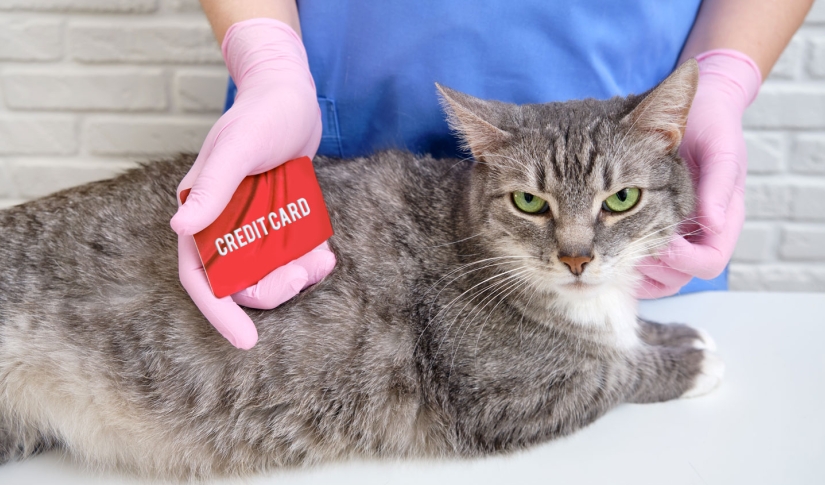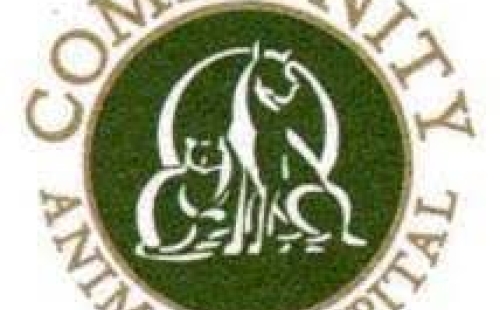Cost Management: A Guide to Credit Card Processing Fees in Veterinary Practice

Expense management in veterinary practice is complex. A significant cost that many practices fail to account for is the credit card processing fees attached to each transaction. While small individually, the charges add up quickly and can negatively impact your bottom line.
Veterinary hospital cost management requires clinic leadership to understand why these costs occur, how they’re calculated, and how to make payment processing more efficient. Here is our guide to credit card processing fees to help you minimize their impact.
How credit card processing fees impact cost management
Every time a pet owner uses a credit card, a portion of the payment goes to the credit card company (e.g., Visa, Mastercard), the cardholder’s bank, the card processor, and any other parties involved in the transaction. Alternative payment methods, such as mobile payments or Apple Pay, may incur different fees than traditional credit or debit cards.
Payment processors and service providers may pass along their costs, which might present as hidden fees. Over time, veterinary payment fees like these can affect cash flow and overall profitability.
Processing fee types
Credit card transactions usually involve three main fee types:
- Interchange fees go to the card-issuing bank. The card brands set them to cover the cost of moving money between banks, managing fraud risk, and processing the transaction. Think of this as the base cost of accepting a card.
- Assessment fees are set and charged by the card brands to maintain the network and brand services.
- Processor markup fees are charges from the credit card processor or provider for handling your transactions. This merchant service fee covers the cost of providing a payment processing solution, equipment, and customer support.
Other veterinary payment fees may include those for handling chargebacks (i.e., client disputes), mobile payments, or specialty services.
Cost management and payment methods
Not all payment options incur the same fees. Debit cards often have lower transaction fees than credit card payments, while mobile and online payments may be more expensive if your payment processor charges extra for those services.
Tracking which payment methods veterinary clients use most often can help with overall cost management. Flexible payment options that give clients more ways to pay can reduce credit card payments and their associated fees.
Pricing structures may also vary between providers. A few you may encounter include:
- Flat-rate – You pay a set percentage for each transaction, regardless of card type. This structure is simple to calculate and easy to predict, but the convenience often comes with slightly higher rates overall.
- Interchange-plus – The processor charges you the exact interchange fee set by the card brand plus a fixed markup. This structure is transparent, and for practices with higher transaction volumes or larger average invoices, it can reduce overall costs.
- Tiered – Transaction fees are grouped into tiers, each with a different associated cost. The process sounds straightforward, but the rules for classifying transactions into a particular tier are often confusing and can make it challenging to understand what you’re paying and why.
Minimizing processing fees
Processing fees are inevitable, but you can reduce their impact on the clinic’s bottom line by:
- Negotiating for small price reductions that add up.
- Reviewing statements to identify hidden fees.
- Establishing a protocol for chargebacks.
- Encouraging clients to use cost-effective payment methods.
- Considering a surcharge for clients if your state allows it.
Technology in cost management
Technology can make a meaningful difference in how practices handle payment processing. Modern practice management software and payment systems include reporting tools that break down fees by card type, transaction method, and even time of day, so you can see exactly where your money is going.
Reports can make it easier to spot high-cost payment types so you can decide where to focus cost-saving efforts. An easy-to-use, well-integrated system can also speed up checkout, reduce mistakes, and allow you to accept multiple payment types without extra manual steps.
Cost management in practice
Credit card fees are part of running a veterinary practice, but they don’t have to drag down your budget. When you know exactly what you’re paying for and why, you can make better choices about your payment systems, negotiate better rates, and guide clients toward cost-effective payment options. A little attention to this often-overlooked expense can improve cash flow, protect profitability, and set the practice up for long-term financial success.



